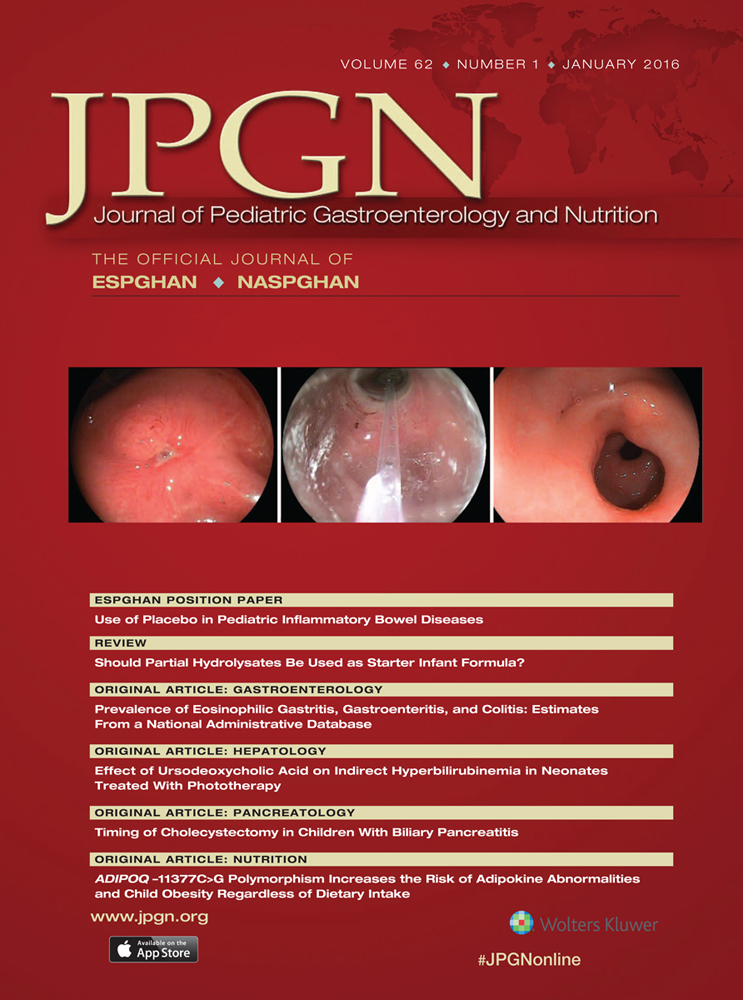Nutritional/Growth Status in a Large Cohort of Medically Fragile Children Receiving Long-Term Enteral Nutrition Support
The authors report no conflicts of interest.
ABSTRACT
Objective:
The aim of the present study was to assess the nutritional status and growth of medically fragile children receiving long-term enteral nutritional support (ENS).
Methods:
A retrospective cross-sectional survey was conducted at a tertiary-level pediatric hospital. Growth features and nutritional intake of children (n = 287) receiving ENS were evaluated. During a period of 5 years (2009–2013), study patients in the age group of 1 to 36 months had been referred for the explicit reason of tube weaning. Data were documented with the help of ARCHIMED (version 46.2) and analyzed using SPSS for Windows version 21. Nutritional/growth status was determined by using World Health Organization growth standard tables.
Results:
Anthropometric parameters of children were compared with World Health Organization standards, and the prevalence of underweight, wasting, and stunting was very high despite being exclusively or predominantly on ENS. Results revealed that the age of a child, inadequate amount of caloric supply/day, the diagnosis of small-for-gestational age, and the type of tube (nasogastric tube) were significantly associated with growth/nutritional status (P < 0.05). Duration of ENS in the percentage of the cohort's lifetime and the main diagnosis were not associated with nutritional/growth outcomes.
Conclusions:
In medically fragile children, ENS does not ensure adequate growth per se. ENS requires highly specialized and individually tailored management and in many cases regular adjustments. Long-term tube feeding plans often seem unable to ensure the required amount of nutritional support, which surely compromise the individual efficacy of ENS.




